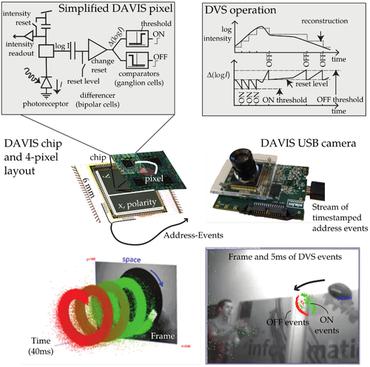Lossy Event Compression based on Image-derived Quad Trees and Poisson Disk Sampling
With several advantages over conventional RGB cameras, event cameras have provided new opportunities for tackling visual tasks under challenging scenarios with fast motion, high dynamic range, and/or power constraint. Yet unlike image/video compression, the performance of event compression algorithm is far from satisfying and practical. The main challenge for compressing events is the unique event data form, i.e., a stream of asynchronously fired event tuples each encoding the 2D spatial location, timestamp, and polarity (denoting an increase or decrease in brightness). Since events only encode temporal variations, they lack spatial structure which is crucial for compression. To address this problem, we propose a novel event compression algorithm based on a quad tree (QT) segmentation map derived from the adjacent intensity images. The QT informs 2D spatial priority within the 3D space-time volume. In the event encoding step, events are first aggregated over time to form polarity-based event histograms. The histograms are then variably sampled via Poisson Disk Sampling prioritized by the QT based segmentation map. Next, differential encoding and run length encoding are employed for encoding the spatial and polarity information of the sampled events, respectively, followed by Huffman encoding to produce the final encoded events. Our Poisson Disk Sampling based Lossy Event Compression (PDS-LEC) algorithm performs rate-distortion based optimal allocation. On average, our algorithm achieves greater than 6x compression compared to the state of the art.
PDF Abstract


